Boxed Wine vs Bottled – Which Should You Choose?
Boxed wine vs bottled? Even if it isn’t a question you ask yourself very often, when faced with the choice, you reach for the bottle. But why?
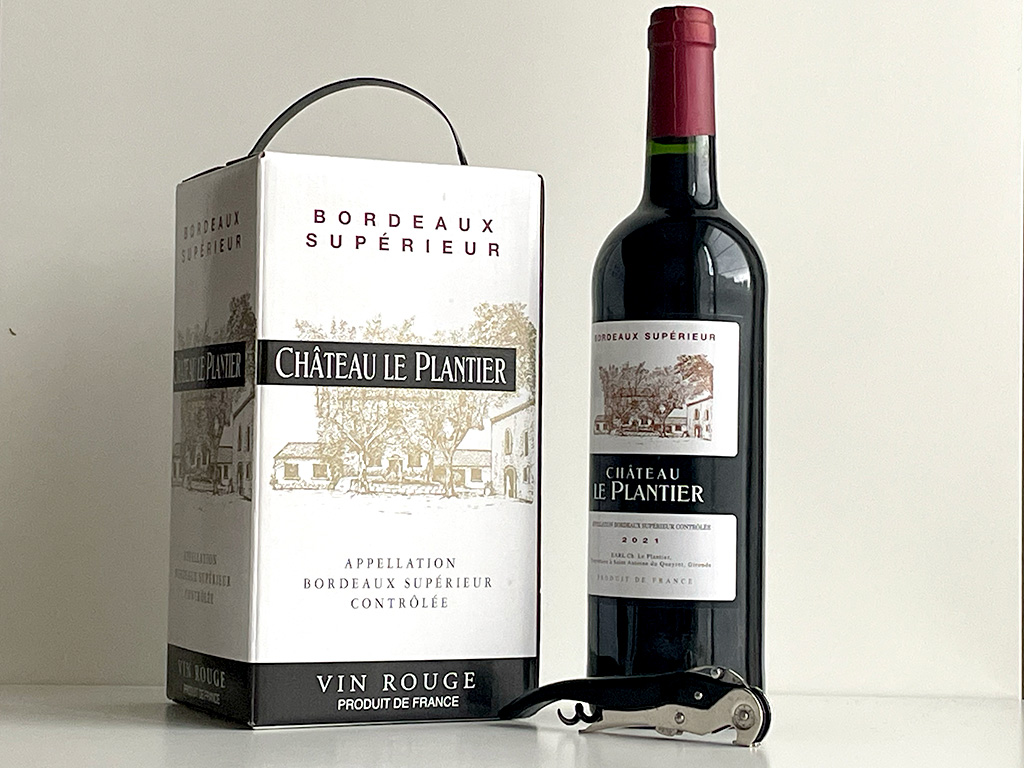
Could it be that a box of wine has baggage? Not the literal baggage it comes with (more on that later). Rather the many biases ingrained in each of us. Boxed wine is low quality. It’s cheap and unrefined. Good wine is meant to be consumed from a bottle.
And if you’re anything like me, it might be because your first experience with boxed wine was less than savory. You remember that Labor Day cookout? Reaching to the back of the fridge to sample Mom’s stash of the rosy stuff. Or was it Christmas? Does it even matter? Chances are your own tour de Franzia didn’t exactly wow you.
By now, you might be thinking I came here to hate on the box. On the contrary. Having been interested in wine since making it myself during graduate studies, and having consumed my share of boxed wine during earlier internship days (both tales for another time), I believe that good wine should be equally accessible to everyone at every price point.
It’s no secret – boxed wine has a bad rep. But is it deserved? Read on to find out why you may want to skip the bottle for an option that’s drinkable for days.
What is Boxed Wine?
Boxed wine is exactly what it sounds like. It’s wine in a box. Ok, so there’s a bit more to it than that. Remember that quip about boxed wine having baggage? The wine itself technically resides in a plastic bladder, or bag, resting inside a box usually made from cardboard. The bag features a plastic valve, or tap, for dispensing the wine. This packaging is sometimes known as bag-in-box wine.
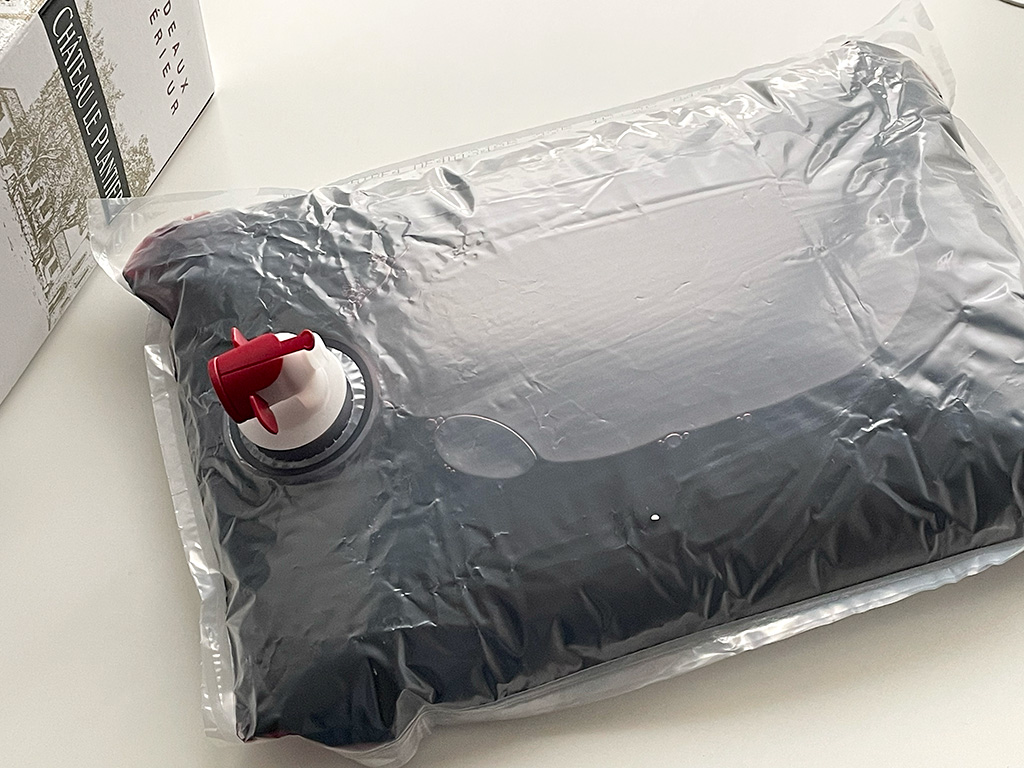
How the Bag-in-Box Came to Be
Believe it or not, wine in a bag predates bottles. Long before bottles came to be in the 1600s, wineskins were a common wine delivery mechanism. Dating back to the ancient Greeks, the satchels made from animal skin aided in storing, transporting, and even consuming wine.
Now you might think, as with many innovations throughout the history of wine, that boxed wine hails from Europe. It actually has origins from down under. In 1965, Australian winemaker Thomas Angove patented the first bag-in-box packaging. Regarded by Wine Enthusiast as “Australian Wine’s Greatest Invention,” the bag-in-box offered a solution to the problem of maintaining freshness after opening, as once opened, traditional glass bottles allow air to enter and accelerate oxidation.
Known colloquially as the goon, the first bag-in-box was cumbersome, requiring the consumer to remove the bag from the box, snip off the end, return the bag to the box after serving, and reseal it with a paperclip or something similar.
From that point on the exact history is a bit murky, as many patents followed, but eventually a tap was invented, solving the issue of resealing. And despite initial skepticism, the goon doubled wine consumption in Australia within a decade thanks to its clever solution to problems that still plague glass packaging today, such as value, transport, and convenience.
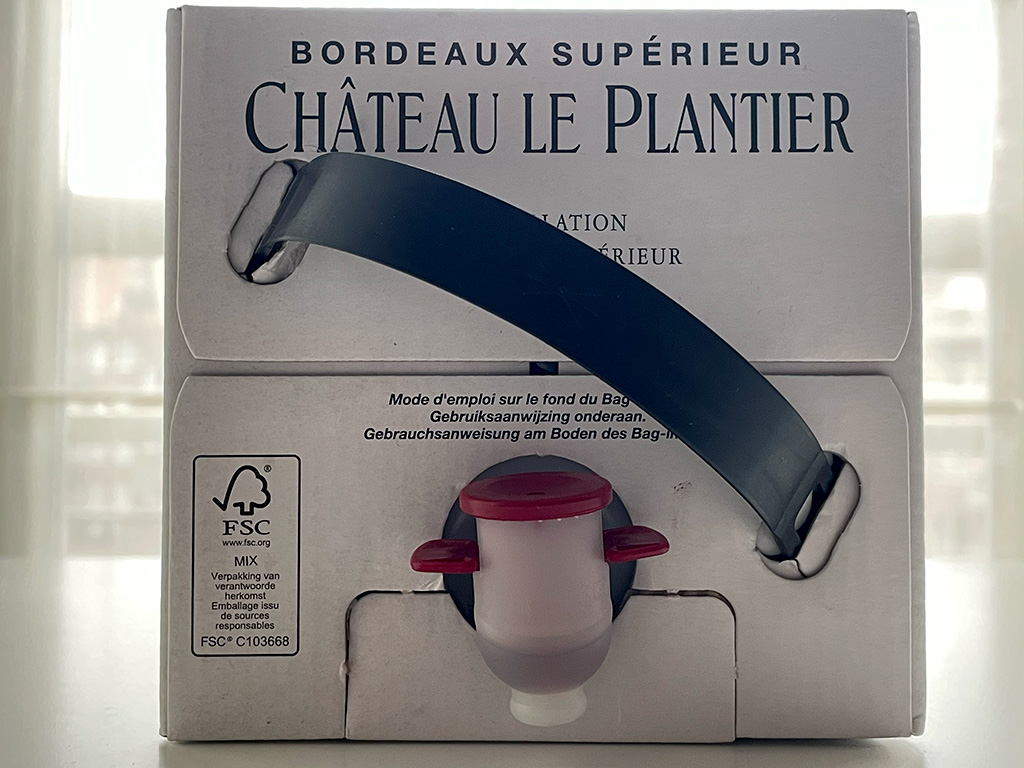
Is Boxed Wine Any Good?
Let’s get a few disclaimers out of the way. First, I am in no way affiliated with Chateau Le Plantier. But a visit to the local supermarket happened to yield the perfect grounds for an experiment – Chateau Le Plantier produces both a bottle and box using the same grape blend and coming from the same 2021 vintage. Ideal for such a test.
Second, my judgment of price vs. quality reflects the price of wine in Western Europe, where you can generally get quality wine for 5 to 7 euros ($5.42 – $7.60). In the U.S., I struggle to find quality wine for under $10, and the average price of a bottle – more than $13 – reflects this.
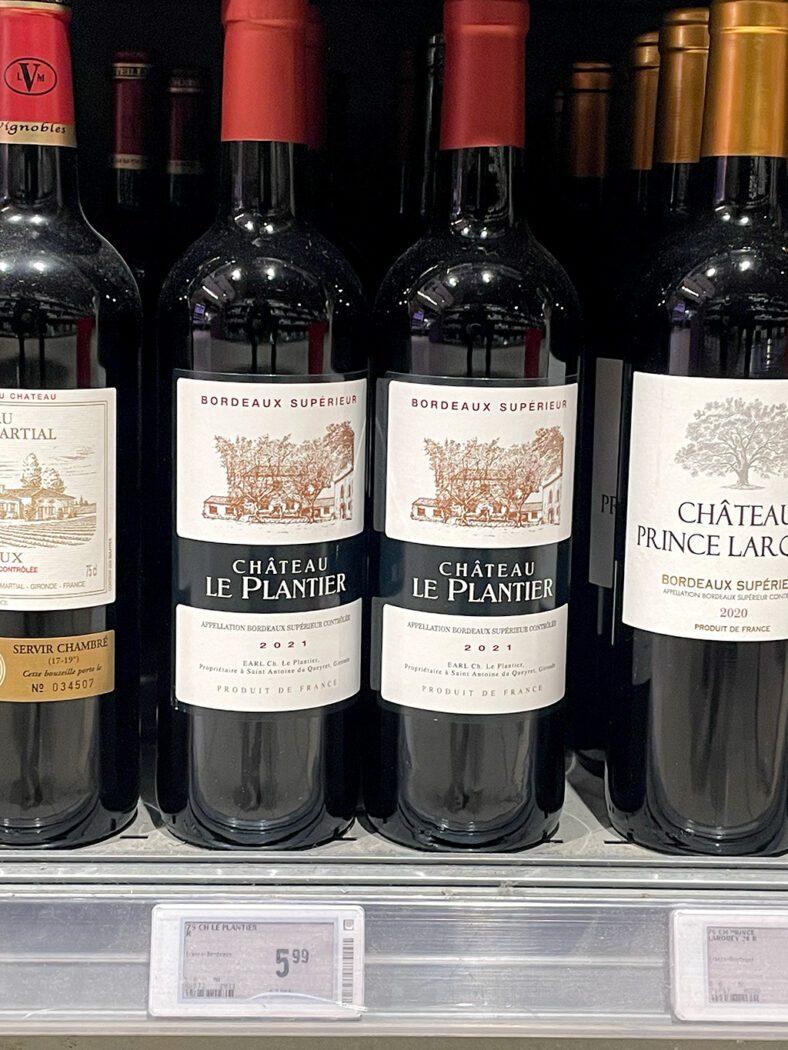
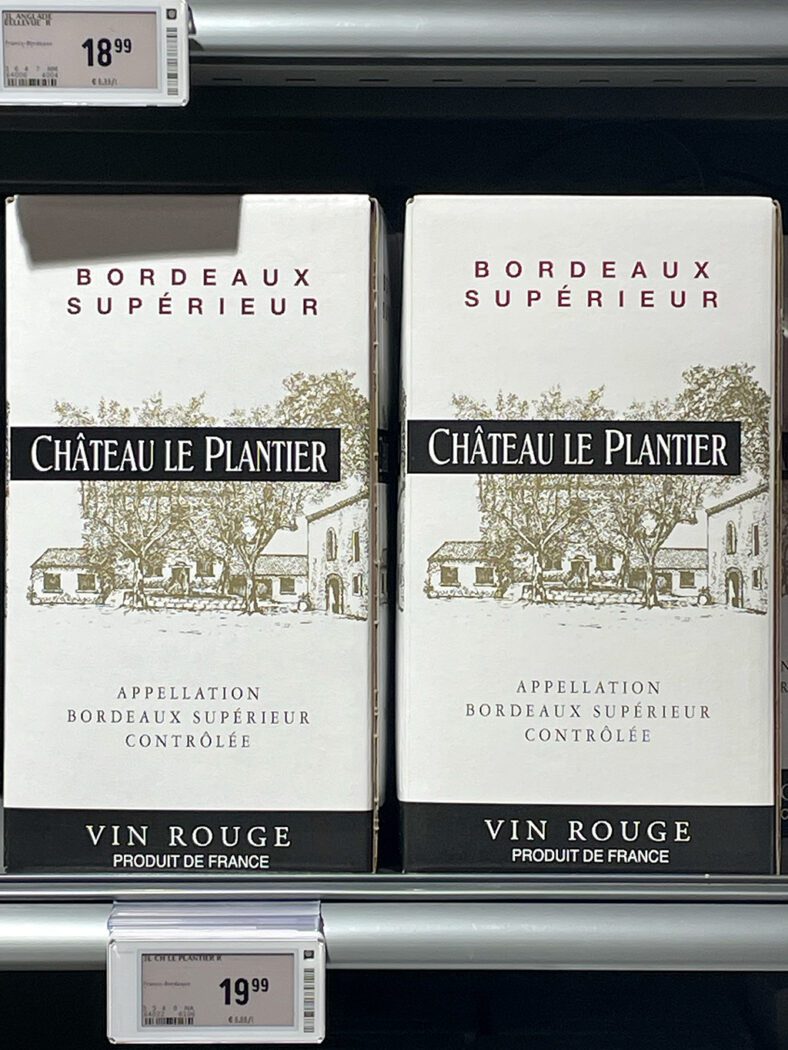
Now, numerous factors can and do impact the price of wine between the new and old worlds. At play, there are:
- Subsidies, which differ from country to country and, in some cases, don’t exist at all
- Lower, or in some cases no, excise taxes
- Other taxes, such as sales and VAT on wine itself and property taxes on vineyards
- Varying degrees of supply and demand
- Marketing to vastly different markets
- Climate and weather-related events
- Inflation
I could go on. But you’re not here for a breakdown of the economics of wine. And I’m not an economist. Nor am I a wine producer. I came here to talk about boxed wine. So let’s get to it.
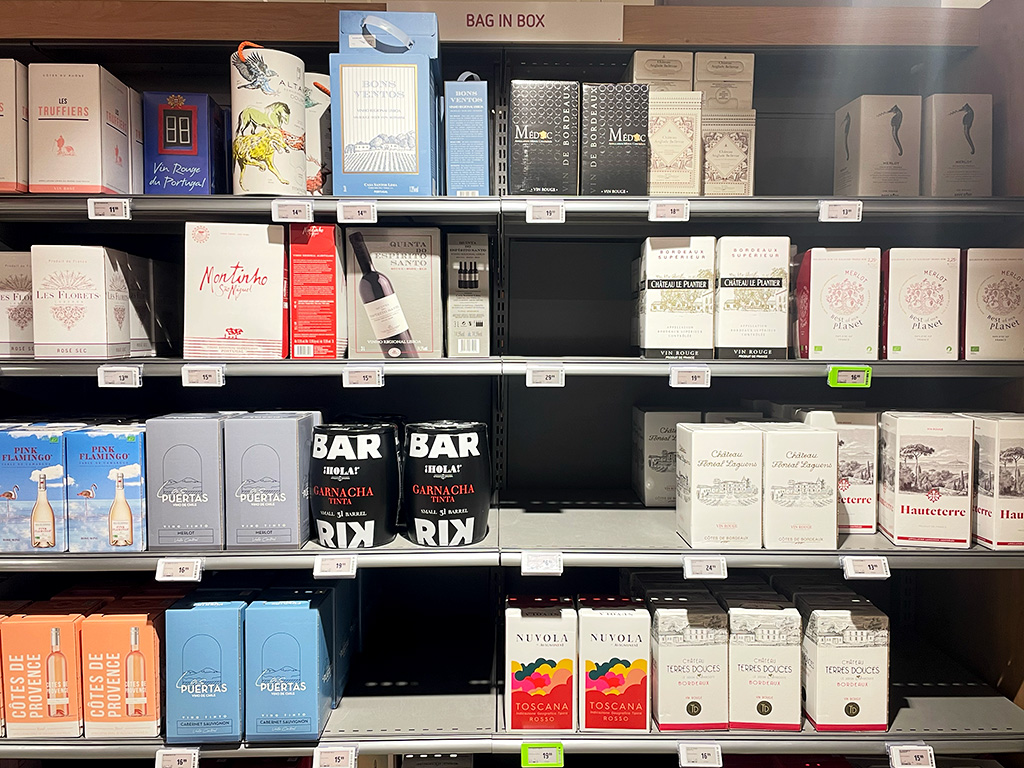
Boxed Wine vs Bottled – The Comparison
The Wine
Bordeaux is more than just a city in southwestern France; it’s a winemaking powerhouse. The Bordeaux region comprises 57 appellations (appellations d’origine contrôlée) – areas of designated terroir indicating a combination of factors, such as soil, climate, and environment, and protected by the French government.
One of the more prominent Bordeaux wines, and the wine I sampled in this article, is Bordeaux Supérieur. Differentiating Supérieur from traditional Bordeaux are the standards to which vigneron must adhere – older vines, more densely planted vineyards, required ripeness of fruit upon harvesting, and a 12-month aging requirement.
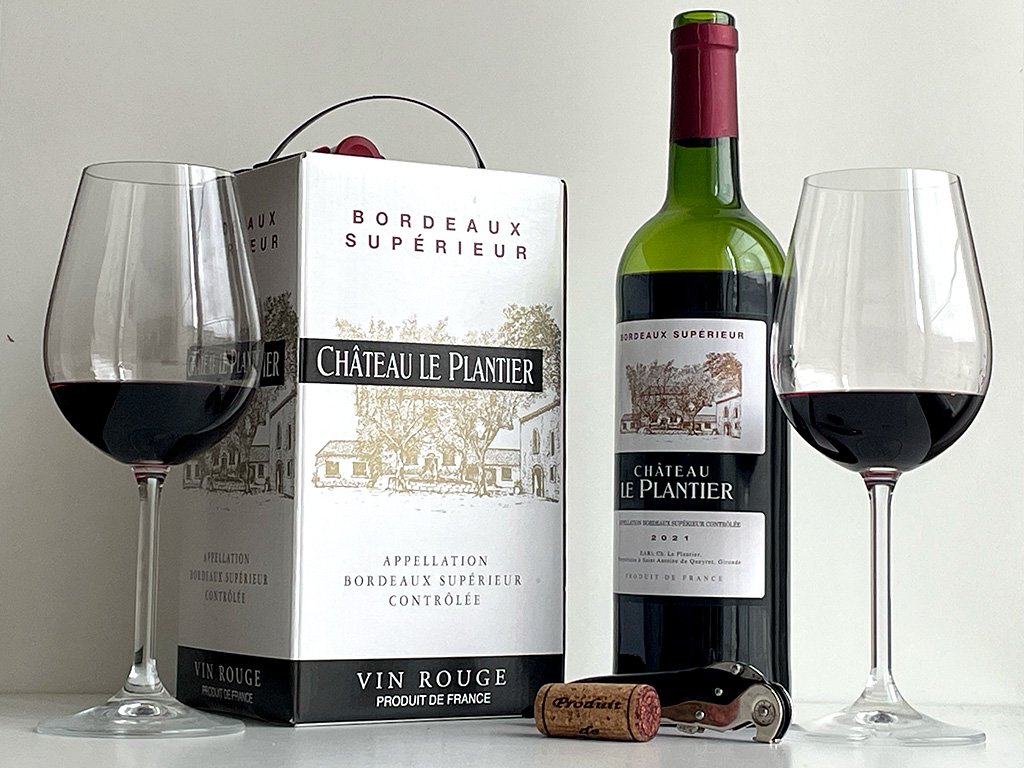
As the name suggests, it aims to offer a superior product to regular Bordeaux, with superior aging potential.
While Bordeaux Supérieur can be both red and white, this comparison only looked at Bordeaux red – traditionally blended from 5 potential grape varieties, including cabernet sauvignon, cabernet franc, merlot, malbec, and petit verdot. The blend in this test comprised a blend of merlot, cabernet sauvignon, and cabernet franc, vintage 2021.
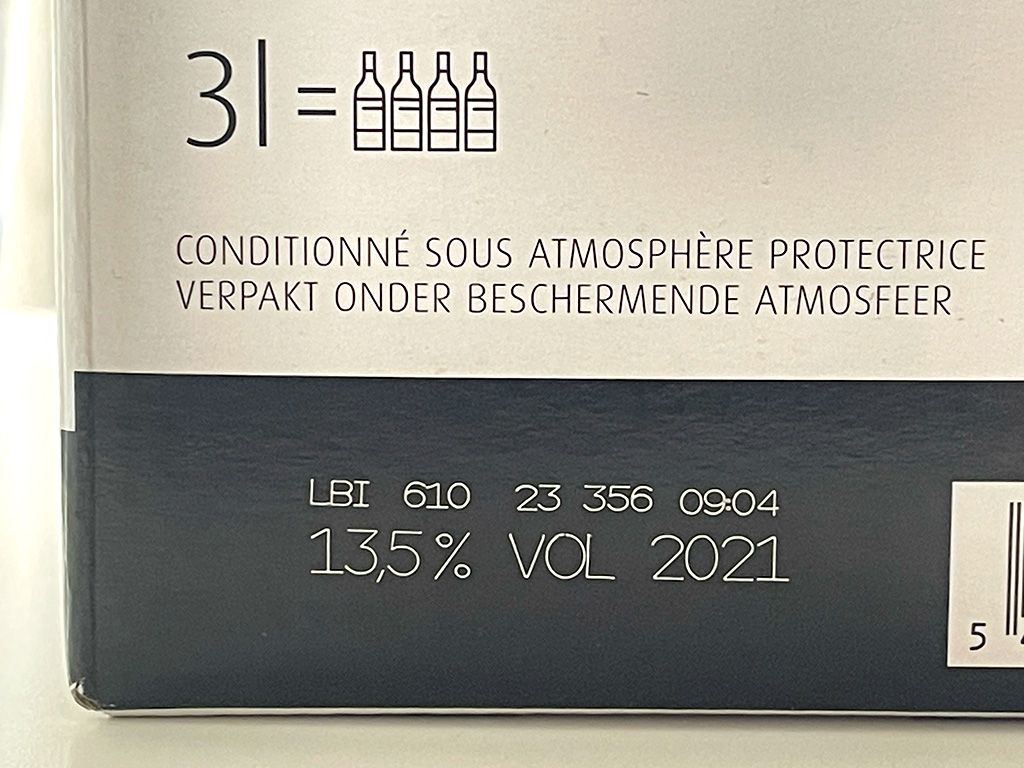
The Quantity
The bottle of Bordeaux Supérieur is a standard 750ml. The box contains 3 liters, equating to exactly four bottles per box.
The Price Tag
The box retailed for €19.99. The bottle, meanwhile, cost €5.99 (taxes included). Considering there are 4 bottles per box, it would cost €23.96 to obtain the equivalent quantity in bottles as the box – nearly 20% more, for the exact same product. That’s a sizable difference, and one that’s hard to justify during times of inflation and rising costs. Advantage box.
The Taste
On Day 1, perhaps unsurprisingly, there was no discernible difference in taste between the box and the bottle. After all, they are the same product. The label claimed ripe red fruit flavors and spicy notes, a perfect accompaniment to cheese and dishes with beef.
Both the box and bottle were equally fruity, with hints of currants and red berries, though not much spice. While not as full-bodied as other Bordeaux Superieur – the mouthfeel was thinner than some traditional Bordeaux – both wines were tannic, but not overly, and smooth, overcoming any astringency or bitterness. Keep in mind that this is an average, mid-grade wine. Not your bottom-of-the-barrel plonk. But certainly not something you’d scoff at.
On Day 3, the bottled wine’s aroma had grown significantly fruitier and the wine itself was very fruit-forward. It remained drinkable, though – enjoyable even. With the boxed wine, the bouquet was more muted. The flavor, however, was more complex and fuller-bodied with notes of spice coming through on the backend.
After 5 days, the bottle was no longer drinkable. The mouthfeel was thin and any remnants of tannins had disappeared. While fruity, its acidity had grown substantially, leading to a vinegary taste and feel.
The box, meanwhile, retained its complex nature over the next 4 weeks. The flavors definitely changed – while it remained fruit-forward, it grew in spice. But it was something you could drink, even describe. More importantly, it was something you’d enjoy drinking, and not something you’d be ashamed to serve guests. And lasting nearly a month, you get a long shelf-life without the pressure of having to finish a bottle.
At this point, it’s worth acknowledging that taste is highly subjective and no two people will experience wine in the same way. Ultimately, some will appreciate what a wine exhibits after exposure to air. Others will not.
As for this particular Bordeaux Supérieur, was it the best I’ve had? No. Would I drink it again? Absolutely. And with a 20% markup on the bottle, it would be hard to justify anything other than the box. Yes, more premium boxed wine options existed, but without the ability to compare them side-by-side to the same bottle. I also intentionally chose a mid-range option that an average consumer might go for.
Now I know what you’re thinking. How many producers actually put their wine in both bottles and boxes? My favorite wine isn’t available in a box. Unfortunately, not all winemakers put their wine into boxes. And you don’t need to give up your favorite bottle.
But if you’re interested in sampling something different, you might find a wine more suitable to your taste and your budget. Or if you’re an occasional wine drinker who struggles to finish a bottle within a few days, boxed wine is a better option for you. Here are some other great reasons to give it a try.
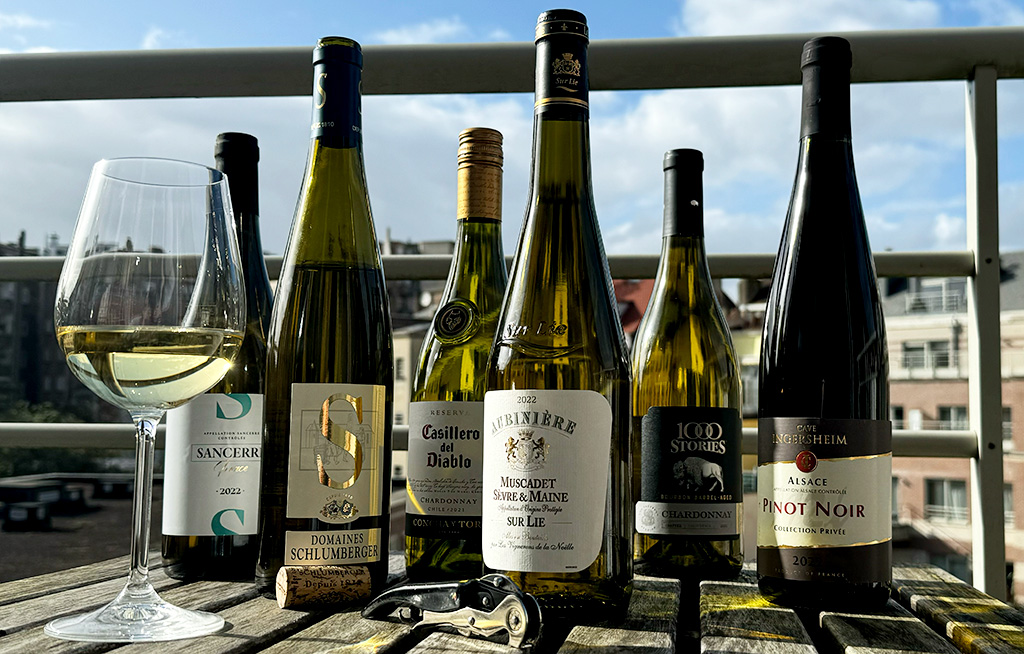
Want more wine? Discover which wines pair best with which seafood and fish dishes!
7 Reasons to Give Boxed Wine a Try
If you’re still not convinced, consider these 7 other reasons to give it a try.
Value
I’ve touched on value. But it’s worth elaborating. Much of the affordability of boxed wine is due to lower packaging and transport costs. Bottles are also brittle and breakage happens – something that wine producers must account for. And as was the case with this comparison, if the same wine comes in both boxes and bottles, you can get the exact same product for less. It all equates to more booze for your buck.
Portability
Glass is heavy. Four standard wine bottles weigh approximately 4.8 kgs, or more than 10 pounds. Boxed wine, on the other hand, is often lighter and more compact. A 3-liter box of wine comes in at around 3.2 kgs, or just over 7 pounds, something which reflects in more than just shipping costs. It’s easier to transport for parties, outdoor activities, or events where glass containers may not be allowed.
Eco-Friendly
The production process of glass is energy-intensive. Boxed wine, meanwhile, requires less energy to produce. What’s more, it’s more efficient to transport and recycle the packaging materials, giving it a smaller carbon footprint. Nowadays, some brands even produce their wine in sustainable packaging and offer refillable bags.
Easy Storage
Storing boxed wine is easier than storing bottles. Not only are the boxes less fragile, but they take up less space. Simply stack multiple boxes on top of one another. It’s a more practical option for those with limited storage space.
Less Waste
How many times have you opened a bottle of wine only to leave it unfinished on the counter or in the fridge? Open bottles of wine just don’t last. However, the design of the airtight bladder in a box of wine helps to prevent wine from spoiling due to oxidation, reducing the likelihood of wastage from unfinished bottles.
Convenience
The built-in spout, or tap, on a box of wine allows for easy pouring without the need for a corkscrew, making it convenient for consumption anytime and anywhere.
No Cork Taint
Cork taint is a contaminant in wine due to the presence of the chemical compound 2,4,6-trichloroanisole (TCA), which gives the wine a damp, musty, or moldy taste. TCA forms in tree bark when fungi, mold, or certain bacteria come into contact with certain groups of fungicides and insecticides. While cork taint can occur in a variety of ways, as producers often make their cork out of tree bark, this is one of the most common ways wines become tainted. As boxed wine uses a spout or tap for dispensing, there’s no risk of cork taint.
So Which Is Better – Boxed Wine or Bottled?
That depends on a range of factors, such as your budget, your storage options, whether a wine you like is available in a box, and when you plan to drink the wine.
There are cons to boxed wine. For starters, there’s less of a selection, as many wineries and producers don’t yet put their products in boxes. Second, the bag-in-box that gives boxed wine its extended drinkability is also its downfall. Plastic micro-oxygenates, meaning some amount of air, albeit miniscule, will permeate. This is why makers of boxed wine give it a shelf life of about one year. So if you’re planning to set something aside for a special occasion, skip the box and go for a premium bottle, instead.
Those scenarios aside, boxed wine has plenty of advantages. You don’t have to ditch the bottle completely, but there are great reasons to get your vino straight from the tap. It’s good for your wallet. It’s good for the planet. It’s convenient. And it’s not bad on the palate either. Those are things I can happily drink to.